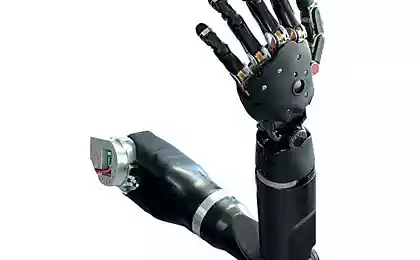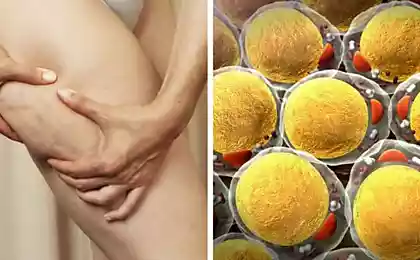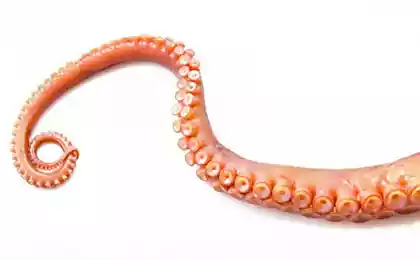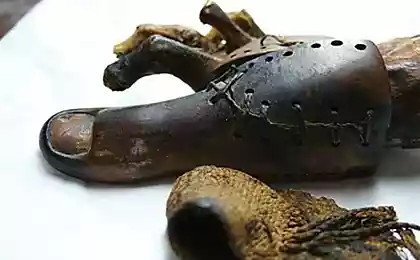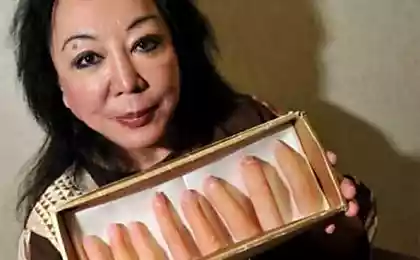615
Artificial fingers learn to recognize the surface roughness
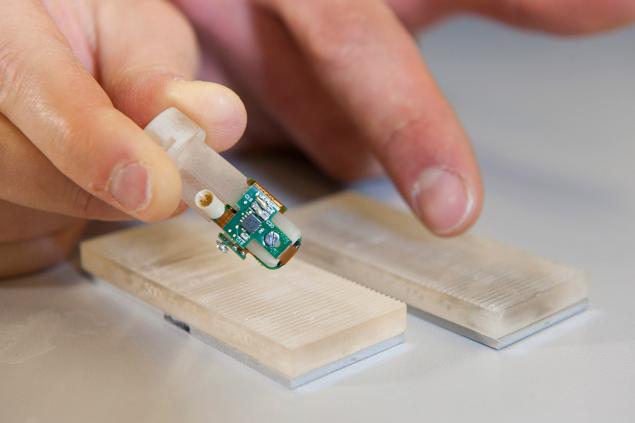
Swiss engineers from the École Polytechnique Fédérale de Lausanne produced a prosthesis that can transmit information to the brain about the surface structure, and able to distinguish between the smooth surface of the rough.
In testing the prosthesis helps engineers volunteer Dennis Sorensen [Dennis Aabo Sørensen], who lost his left arm in an accident. He has long been involved in the testing of innovative prostheses, and in his hand a defective implanted electrodes associated with the peripheral nervous system.
By connecting the finger to the electrodes, and try to touch the specially prepared plastic samples, Sorensen said that he could feel the difference in surface texture. In 96% of cases it was able to correctly distinguish between smooth and rough surfaces.
The silicone prosthesis "finger" is associated with a chip equipped with sensors that convert information on the surface in a series of pulses that the brain is able to recognize the subject.
It turned out that such feelings can be transferred and those with intact limbs by temporarily input electrodes. The similarity of the sensations produced by touch and real finger prosthesis was confirmed by measuring EEG brain during the test - signals from the prosthesis was activated the same areas of the brain that signals from live fingers
In previous experiments Sorensen had a whole bionic arm. capable of transmitting the feeling of the shape of objects and their softness.
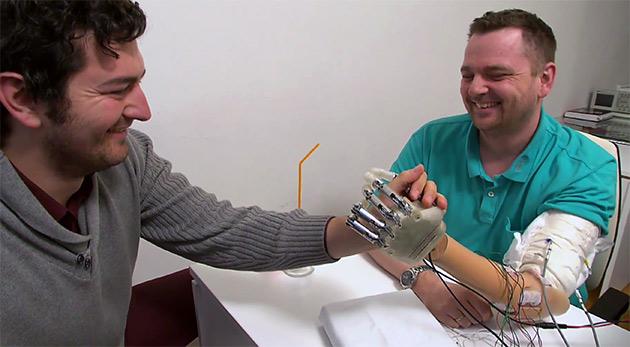
Source: geektimes.ru/post/272312/
US to allocate the poorest citizens for $ 9.25 per month to pay for access to the network
Electronic skin that reacts to pressure, sound and temperature detect surface texture











